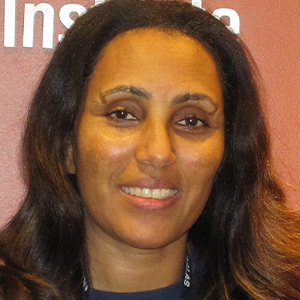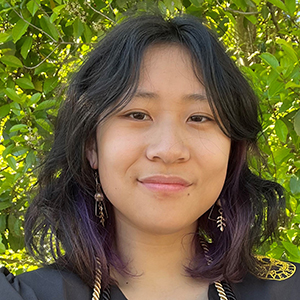
Ellen Sidransky, M.D.
Chief and Senior Investigator
Medical Genetics Branch
Head
Molecular Neurogenetics Section
Education
B.A. Brandeis University
M.D. Tulane University
Molecular Neurogenetics Section Staff

Bahafta A. Berhe
- Lab Technician
- Molecular Neurogenetics Section

Marie G. Hall, B.A.
- Program Support Specialist
- Molecular Neurogenetics Section

Emory E. Ryan, MSN, CPNP-PC
- Clinical Coordinator
- Molecular Neurogenetics Section

Andrew Hogan
- Laboratory Manager
- Molecular Neurogenetics Section

Grisel J. Lopez, M.D.
- Staff Clinician
- Molecular Neurogenetics Section

Nahid Tayebi, Ph.D.
- Staff Scientist
- Molecular Neurogenetics Section

Tiffany C. Chen
- Postbaccalaureate Fellow
- Molecular Neurogenetics Section

Krystyna N. Rytel
- Postbaccalaureate Fellow
- Molecular Neurogenetics Section

Charis P. Ma
- Postbaccalaureate Fellow
- Molecular Neurogenetics Section
Last updated: October 10, 2023
